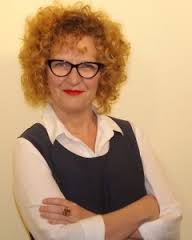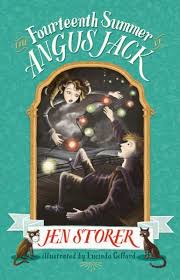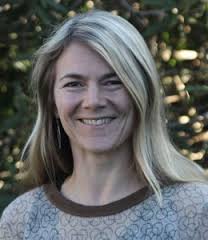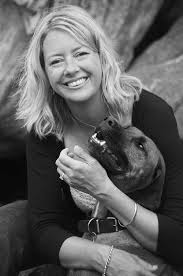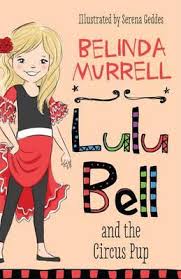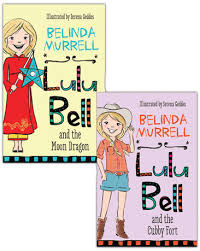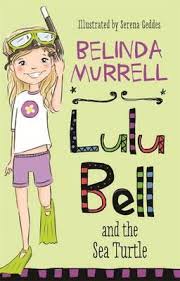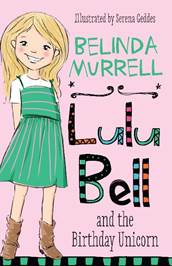Vice President of Harper Collins USA, Tara Weikum
Listening to Tara speak about how to approach a revision after an editor has provided feedback was riveting. I took as many notes as my typing fingers could muster.
While Tara’s talk was based on her personal approach to editing, she provided us with universal truths about writing and revisions.
Tara approaches each manuscript differently. She speaks extensively with the author and aims to provide feedback that fits their needs.
She doesn’t make notes on the manuscript; she prefers to write an editorial letter.
Tara’s editorial letters:
- Can be 20 pages, and they can be intimidating - not a sign your story is awful, rather a sign that the editor has a passion for your work, they are invested and want to make it as strong as possible.
- Can be 3-4 pages - it varies depending on the book.
Tara usually writes her comments under subject headings, e.g. character development, pacing, voice …
The letters contain suggestions - not absolute changes. However, if she believes certain changes are necessary she discusses this with the author before signing them. Sometimes changes are deal breakers and she needs to be certain that she and an author have the same vision for the book and can work together to achieve it.
Plot
Tara suggests authors think about plot in terms of jacket copy:
- How you would right your own jacket copy?
- Can you describe your story in a succinct and compelling way?
- What is the core story?
- Which plot line is the reader meant to care about the most?
- If you can write your own copy then you (and your editor) will have clarity about the plot.
Tara said editors are concerned authors will think they don’t ‘get’ the story if they question the plot. Instead, editors are trying to find out why a story is written a particular way and if there is a reason for the way a story unfolds.
Revision is more difficult if a story has layers of mystery and subtext, because any problems might not be obvious. Tara approaches these edits by pointing out that something isn’t working and she’s not sure why. Then it up to the author to think ‘what can I do to make this clear?’
Beginnings
Tara suggested we make sure our stories start in the right place. Beginnings need to include a set up and story thread that will lead the reader into the second chapter. The set up not just dumping reader in the middle of the action.
Number One Problem
The most common problems she sees is … telling vs showing. A way to think or fix the telling problem is to ask yourself:
- ‘Can I show this through action and/or dialogue?’
- ‘Would this scene be stronger if I show why?’
- ‘By summarising this part does it keep narrative flowing?’ Closely followed by ‘If this isn’t adding to the story or moving it forward, then can I get rid of it.’
Voice
Voice can be elusive to edit, and it’s difficult to tell someone why a voice doesn't work. A problem with voice is usually caused by a conflict between the character on the page and the character the author is trying to establish.
Tara suggests an author figure out the reason why you write a voice in a certain way, if you know the reason then you’re more likely to develop an authentic real character.
Some things to think about when writing a teen voice include:
- word choice - the way teens communicate, and
- focus on what they care about.
Some other great points Tara made during her talk included:
- When you receive feedback from an editor decide what makes sense for your story.
- With critiques, sift through what is going to work as you contemplate a revision.
- Editors want to collaborate.
- You may not agree with everything you hear.
If you don't have a contract with an editor and they write to you, take what they say seriously because they would only do this if they believe a story is worthwhile.
Tara tries to get as much feedback as she can in an editorial letter so the author doesn't have to go through another revision thinking they could have fixed it the first time.
She never turns down something she loves, even if it needs a lot of revision. However, the authors writing ability has to be strong.
She pauses if significant changes are required to a manuscript e.g. an ending. Tara asks the author if they will go through a revision with her before she decides to take the story forward.
Finally, editors only sign up books they love because they need to sustain their passion for a story through the gruelling acquisition process.
Sketch attributed to Liz Anelli
Thank you Tara for the insights into your editorial process. We hope to see you over our way again soon.
Melanie Hill Roving Reporter
#SCWBISyd




